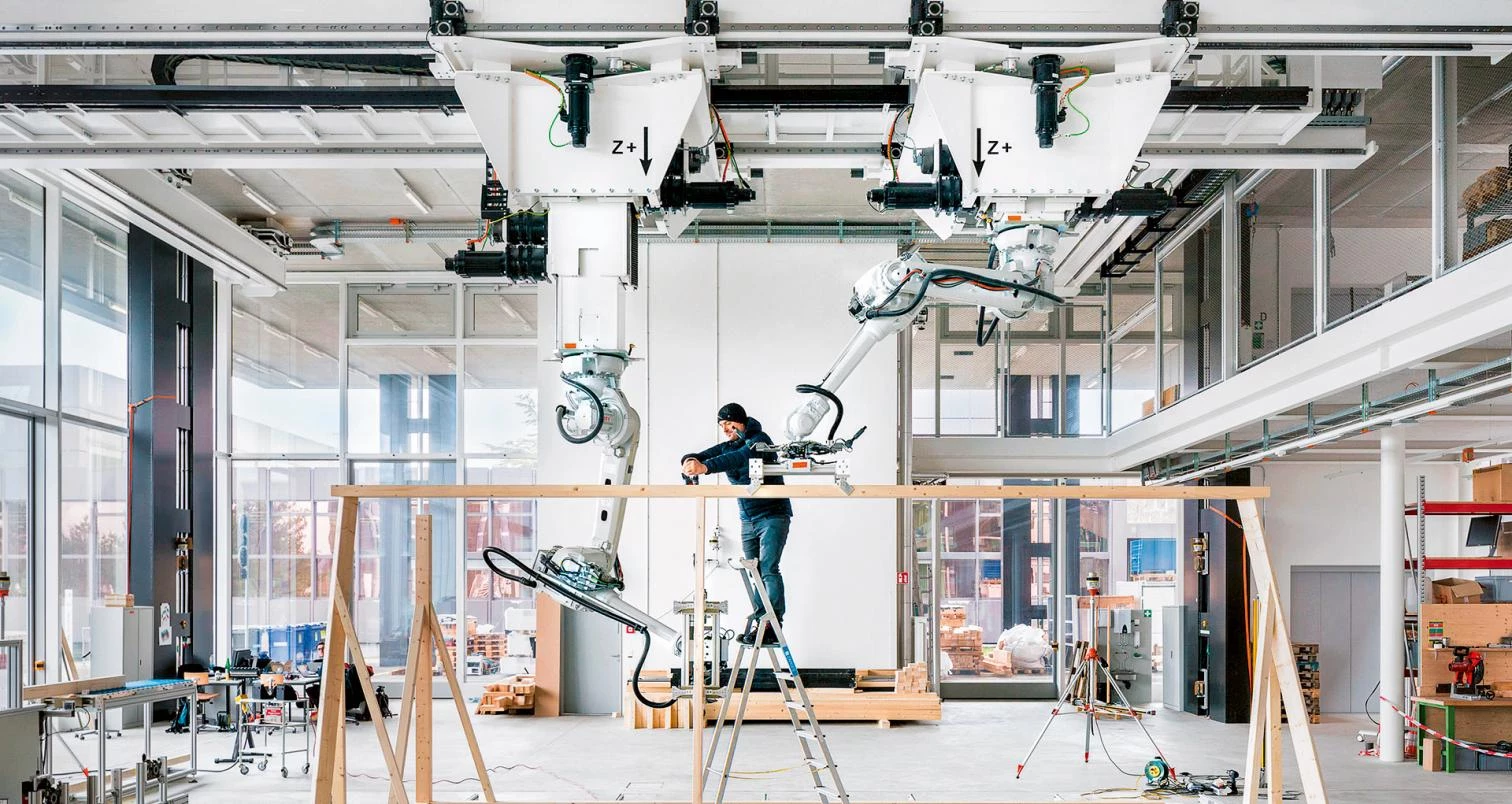
At a time when the term ‘industrialization,’ applied to architecture, is used over and over without regard for the times it is our lot to live, we have to try to take this specification into account. We can look at industrialization from different angles; historically it is simply the evolution of prefabrication – which is as old as construction itself – during the Industrial Revolution. It can also be thought of as an aspiration tied to modern architecture’s impulse to transform. But what does it mean in today’s context of environmental decay, of economic and social crisis? In ten bullet points let us go over the key concepts to include in a new definition.
1. Industrialization should be regarded in the light of new environmental objectives. Only through industrial processes is it possible to make exact assessments of outputs, profits, and losses, and notions like efficiency and means-end relations could take on an ideological value capable of encouraging architects to play a part in the genesis of an architecture of maximum commitment, entity, and beauty.
2. Industrialization must be placed within the larger concept of circular economies.
3. Mastery of techniques of robotics and artificial intelligence makes it possible to resolve the old industrialization-massification dilemma through a sort of ‘new artisanship.’
4. The shift from traditional building processes, with their large roll calls of non-qualified laborers, to new construction methods requiring qualified workers in small numbers has definitely had major repercussions on society. By selecting research areas and undertaking opportune projects, industrialization could contribute to smoothening the transition from one productive model to the other, and reduce the costs incurred. Applied to architecture, it could help in creating professional training schools capable of giving construction the quality that now is not always easy to achieve.
5. As for education, industrial and robotized processes should bring about a thorough transformation in architecture schools through reinforcement of the currently diluted polytechnic model.
6. Industrialization cannot be abstracted from economic and cultural contexts, so must harness all the potential every location offers. Only through a process stemming from local realities can true transformation occur.
7. Industrialization cannot be seen as something opposed to context: this would totally contradict the aim of developing more sustainable architectures. It is not only possible, but desirable, to reconcile the universality implicit in the idea of industrialization with the value of the specific.
8. Industrialization has to be synonymous to better architecture, not to a diminishing of excellence or architects’ creative powers. It has to make most of the architecture around us – including that which does not strictly qualify as architecture – be of the best quality possible.
9. Industrialization applied to architecture must have a ‘social conscience,’ assist in shrinking or eliminating inequalities. Housing is the field where it could most contribute, especially in a Spain ravaged by habitation problems. Social housing for rent is another area to experiment in.
10. The cost saving and quality offered by these processes will have to be passed on to the user. In no case can industrialization be for the sole benefit of real estate agents and contractors.
These points can be revised, completed, and debated on. But I hope they serve to explain why we cannot speak of industrialization in architecture without first laying down what it means and involves at the present time.





